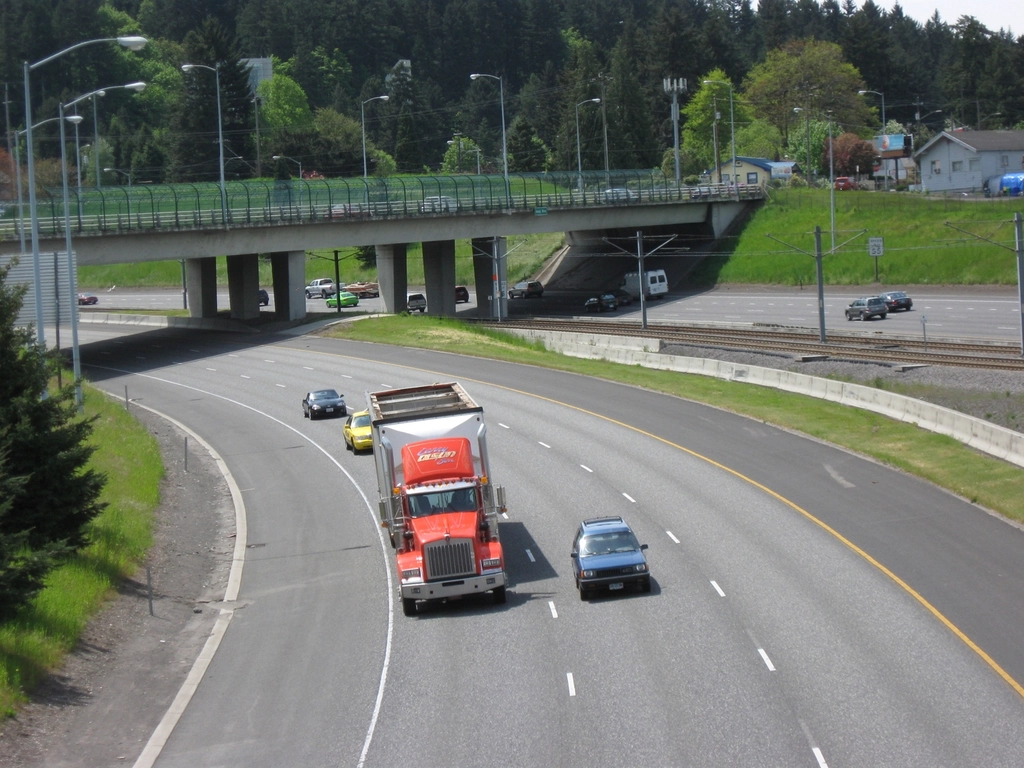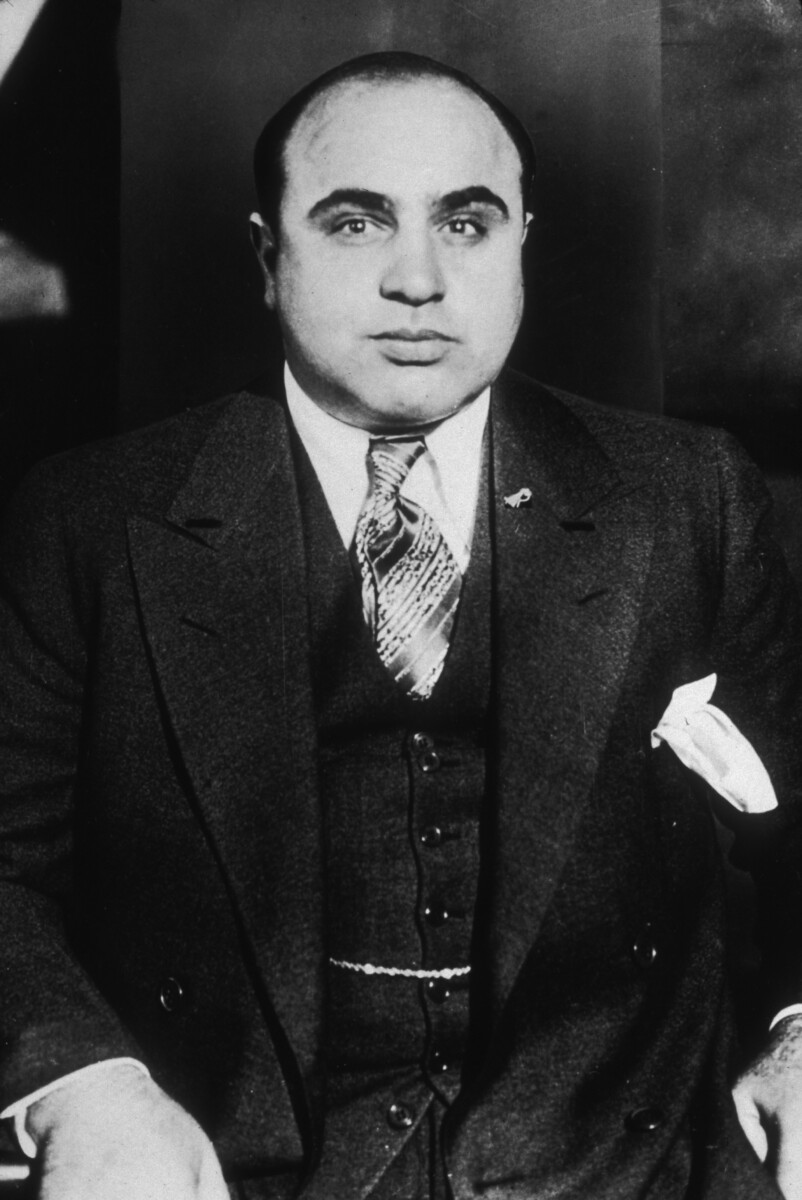The Economic Game-Changer That Transformed Everything
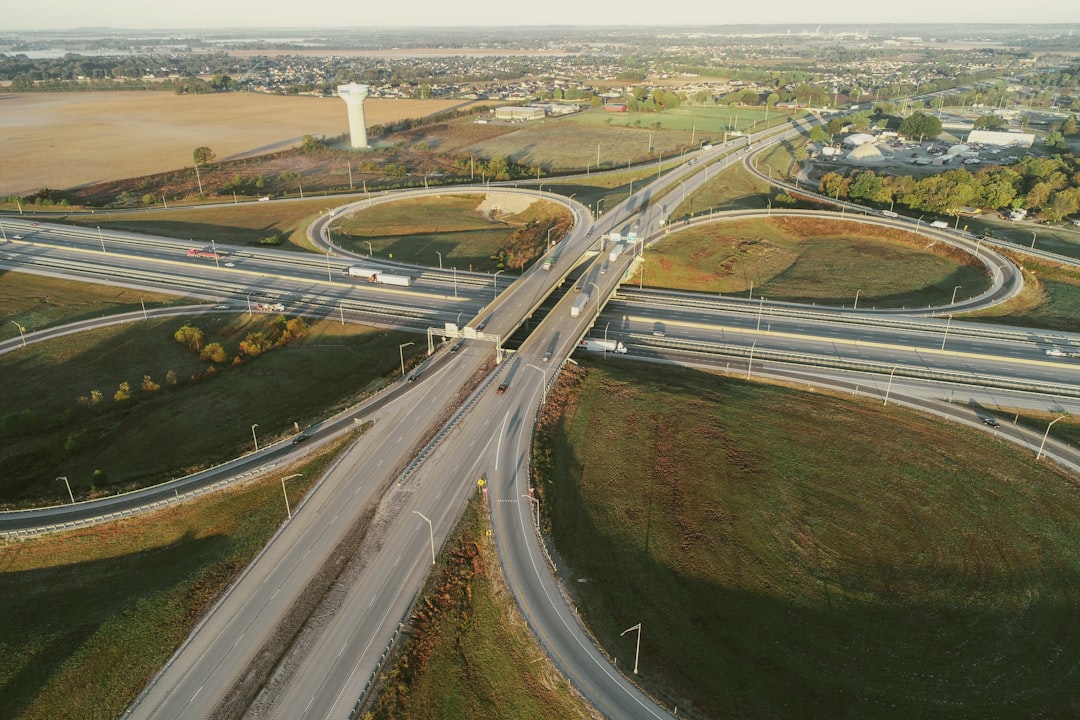
When President Eisenhower signed the Federal Aid Highway Act of 1956, he unleashed an economic revolution that would fundamentally change how Americans lived, worked, and moved through their country. Forty years after its construction, the Interstate Highway system returned on investment, making $6 for every $1 spent on the project. According to research by the FHWA, “from 1950 to 1989, approximately one-quarter of the nation’s productivity increase is attributable to increased investment in the highway system.” This massive public works project didn’t just build roads—it built the foundation for modern America’s economic powerhouse. The system had a particularly strong effect in Southern states, where major highways were inadequate.
The Great Suburban Exodus
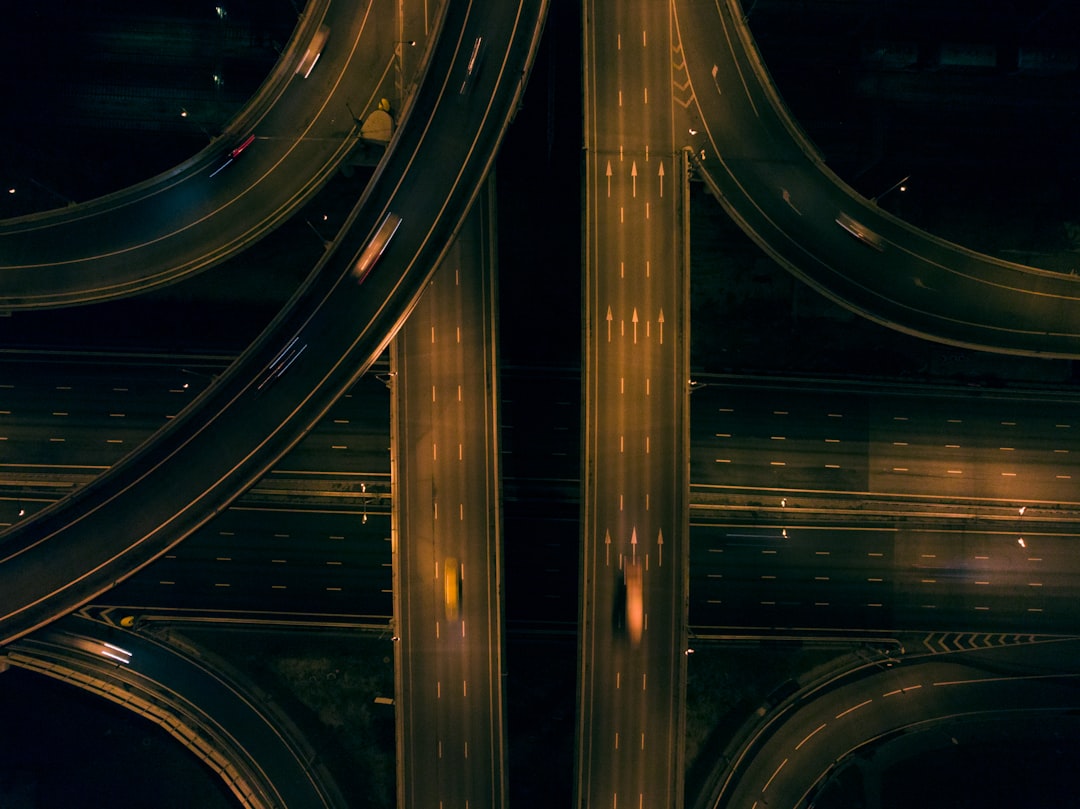
Suburbanization became possible, with the rapid growth of larger, sprawling, and more car-dependent housing than was available in central cities, enabling racial segregation by white flight. The highways didn’t just connect cities—they allowed people to escape them entirely. His findings showed that if the interstate highway system had not been built, central city populations would have grown by about 8 percent, on average, implying highways played a substantial role in suburbanization in the United States. His results showed that between 1950 and 1990, the population of U.S. central cities in the United States declined by 17 percent, on average, despite the overall population growth of 72 percent in metropolitan areas. His model estimated an 18 percent population reduction for each addition of a new highway though a central city.
The Birth of Car Culture
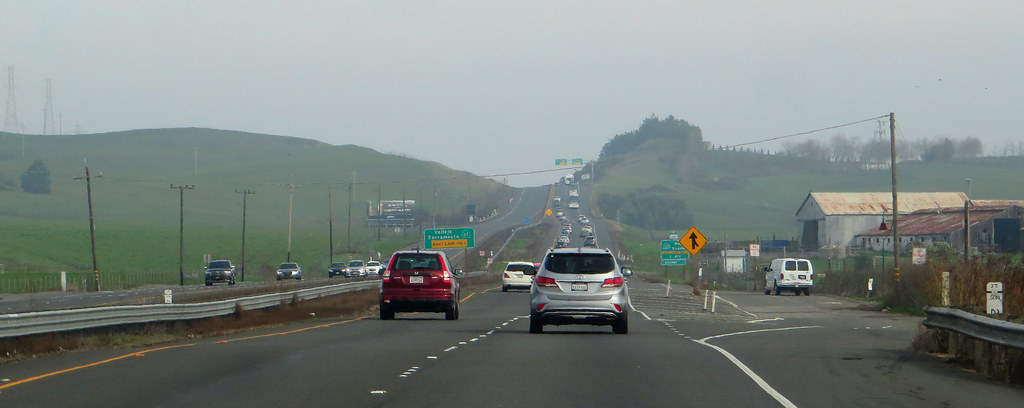
Americans had already embraced the automobile, but in the suburbs, it now became virtually the only way to get anywhere. The interstate system transformed America from a nation of train riders and walkers into a society where cars weren’t just convenient—they were essential. Following the passage of the Federal Aid Highway Act of 1956, passenger rail declined sharply as did freight rail for a short time, but the trucking industry expanded dramatically and the cost of shipping and travel fell sharply. Taking advantage of this, developers created the suburban shopping mall, usually at the intersection of major highways. The mall became the new town square, but you needed a car to get there.
The Trucking Revolution
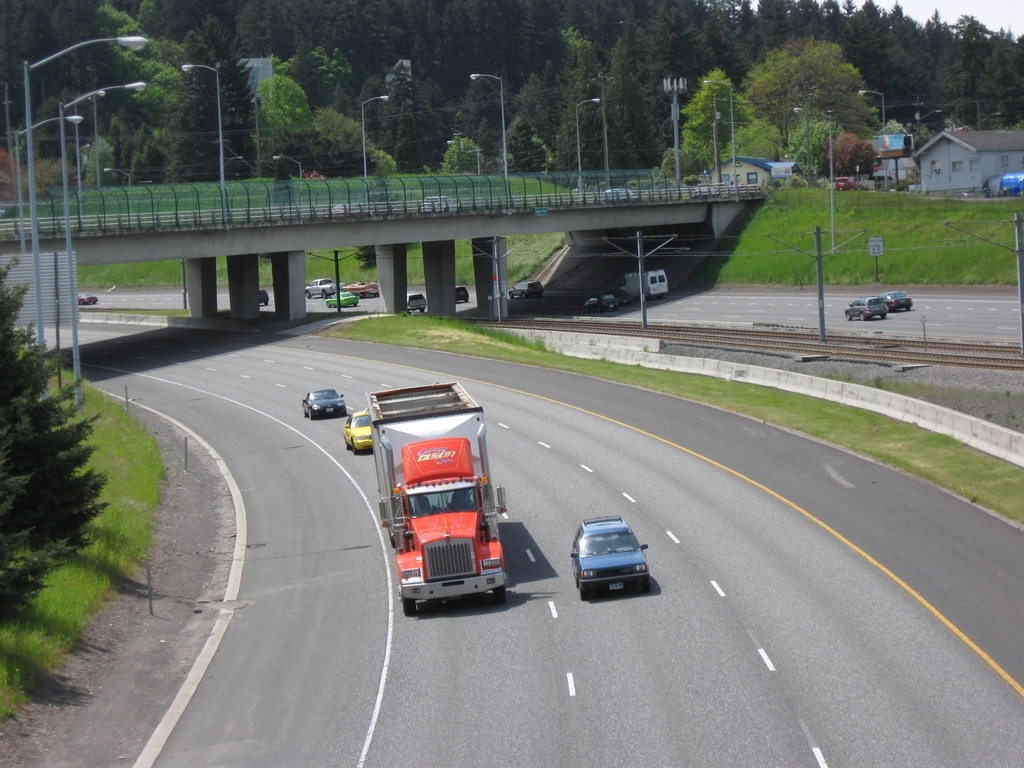
The Interstate Highway System was being constructed at the same time as the intermodal shipping container made its debut. These containers could be placed on trailers behind trucks and shipped across the country with ease. A new road network and shipping containers that could be easily moved from ship to train to truck, meant that overseas manufacturers and domestic startups could get their products to market quicker than ever, allowing for accelerated economic growth. This wasn’t just about moving goods faster—it was about creating an entirely new economy. The interstates turned every American city into a potential shipping hub, breaking the stranglehold that railroads had held on freight transportation for over a century.
The Tourism Boom

Tourism dramatically expanded, creating a demand for more service stations, motels, restaurants and visitor attractions. The interstate system didn’t just help people get to work—it helped them get away from it. New corporations, like McDonald’s, Holiday Inn, and Howard Johnson, provided restaurants and hotels for interstate travelers that did not require them to venture away from the road. The American road trip became a cultural phenomenon, spawning an entire industry of highway-adjacent businesses. Gas stations, motels, and fast-food chains designed their entire business models around the predictable flow of interstate traffic.
The Destruction of Urban Communities
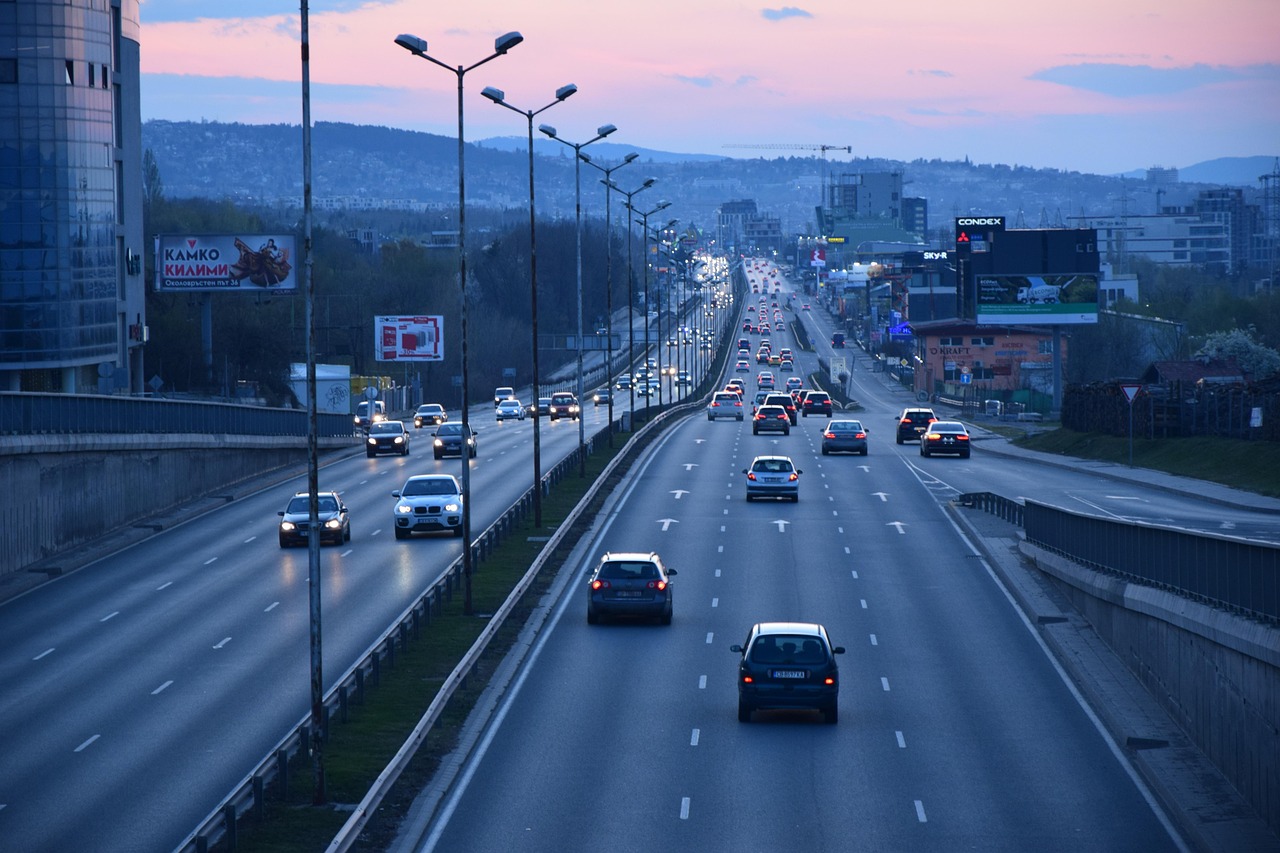
The Interstate Highway System had a negative impact on minority groups, especially in urban areas. Even though the government used eminent domain to obtain land for the Interstates, it was still economical to build where land was cheapest. This cheap land was often located in predominately minority areas. Not only were minority neighborhoods destroyed, but in some cities the Interstates were used to divide white and minority neighborhoods. These practices were common in cities both in the North and South, including Nashville, Miami, Chicago, Detroit, and many other cities. The division and destruction of neighborhoods led to the limitation of employment and other opportunities, which deteriorated the economic fabric of neighborhoods.
The Environmental Cost
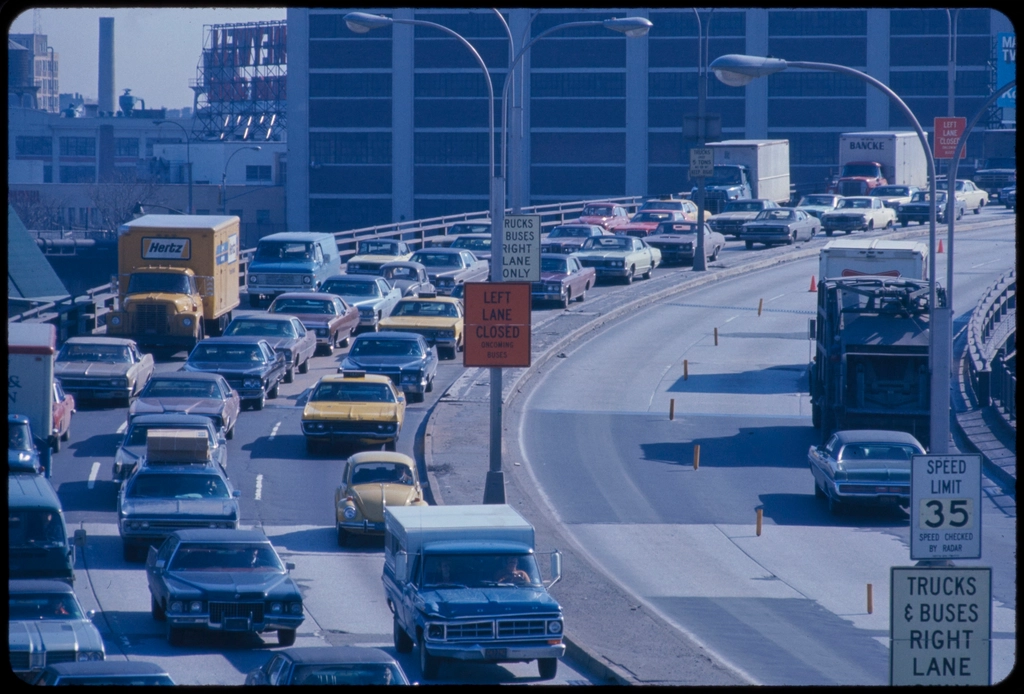
The siting of highways has historically exposed low-income communities and communities of color to higher amounts of air, water, and noise pollutants which in turn produces higher risk for disease and illness. Research indicates that there is a higher exposure to air contaminants for these communities which increases risk for cardiovascular disease and lung problems, among other health concerns. Overall, approximately 4% of the total U.S. population lives within 150 meters of a major highway, suggesting increased exposure to traffic-related air pollution and elevated risk for adverse health outcomes. Proximity to paved surfaces, which absorb more heat than natural surfaces, means that communities are subjected to extreme heat as well.
The Hidden Crime Connection

Using a staggered difference-in-differences design and a county-by-year panel dataset spanning all US counties between 1960 and 1993, we find that a highway opening in a county led to an 8% rise in total index crime. This paper studies the impact of transportation infrastructure on local crime, focusing on the construction of the Interstate Highway System, the largest public works project in US history. The very connectivity that made commerce easier also made it easier for criminals to move between locations and escape law enforcement. This was an unintended consequence that planners never anticipated when they designed the system.
The Financial Burden
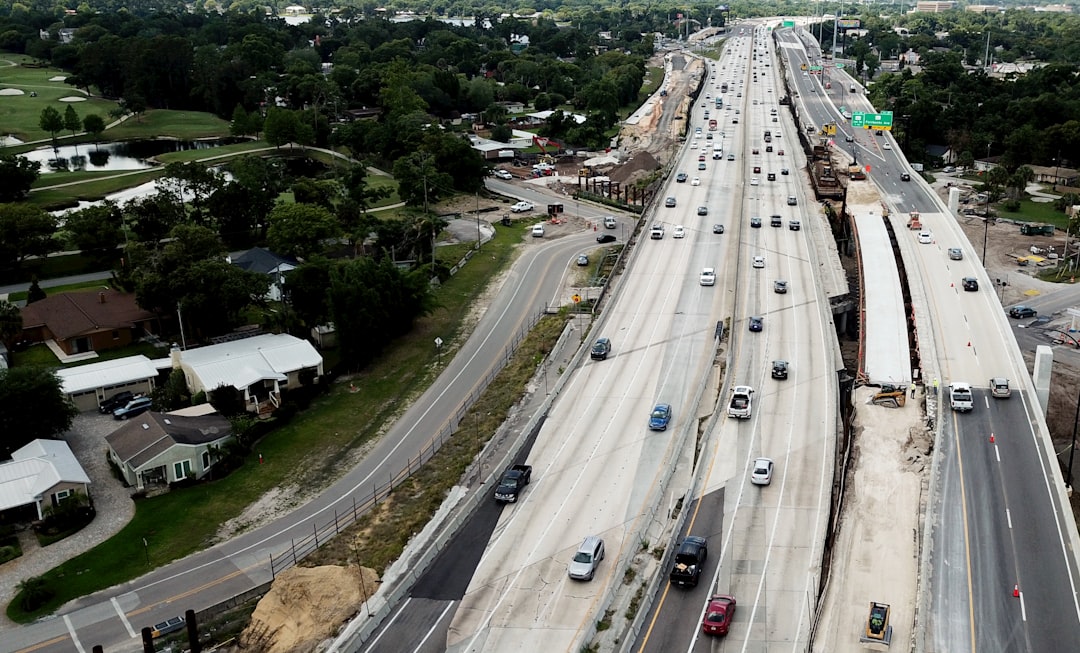
The initial cost estimate for the system was $25 billion over 12 years; it ended up costing $114 billion (equivalent to $425 billion in 2006 or $618 billion in 2023) and took 35 years. As American suburbs have expanded, the costs incurred in maintaining freeway infrastructure have also grown, leaving little in the way of funds for new Interstate construction. This has led to the proliferation of toll roads (turnpikes) as the new method of building limited-access highways in suburban areas. The system that was supposed to be completed in a decade and cost twenty-five billion dollars became a forty-year project that cost nearly five times more than expected.
The Safety Paradox
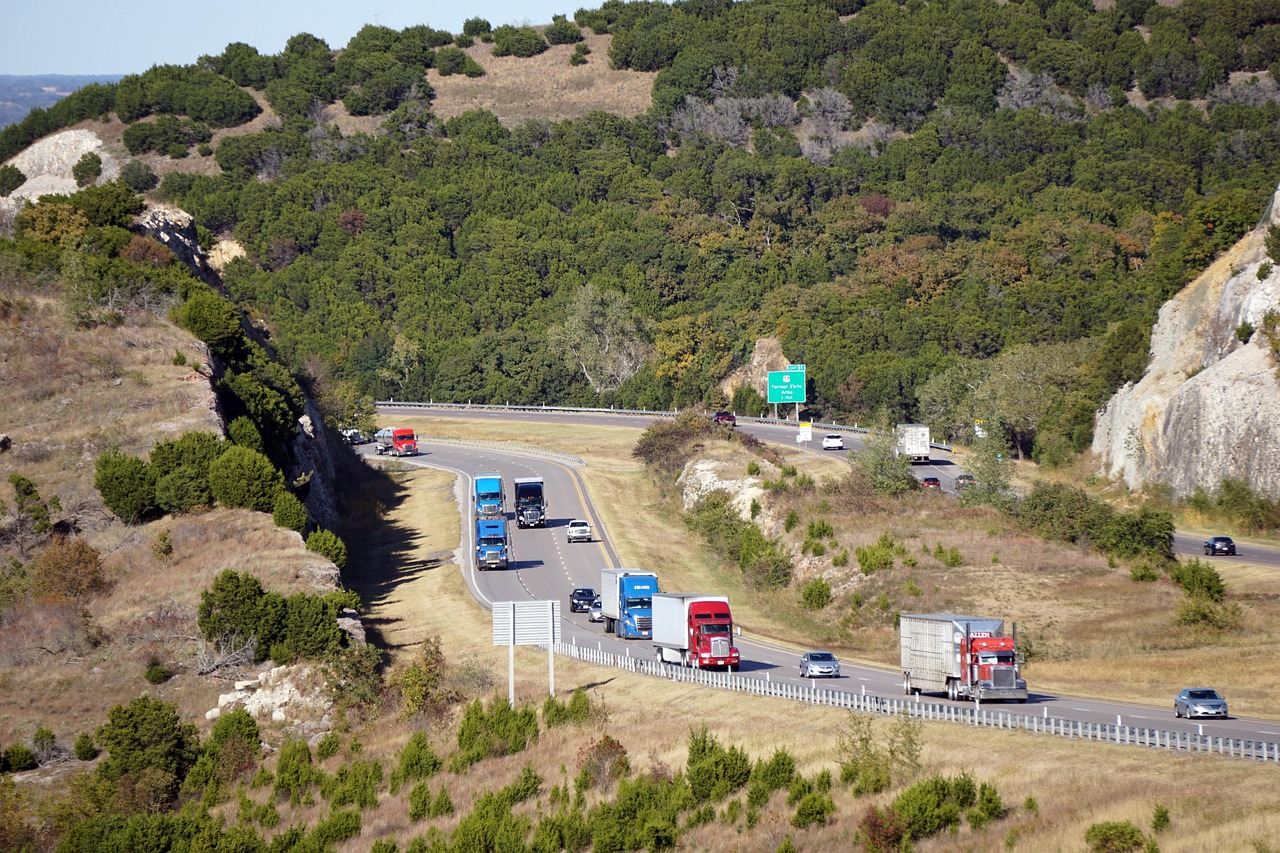
In 2022 and 2023, the number of fatalities on the Interstate Highway System amounted to more than 5,000 people annually, with nearly 5,600 fatalities in 2022. As of 2022, about one quarter of all vehicle miles driven in the country used the Interstate Highway System, which has a total length of 48,890 miles (78,680 km). While the interstates were designed to be safer than regular roads, their high speeds and massive traffic volumes created new kinds of dangers. The system that was meant to protect Americans during wartime ended up claiming thousands of lives in peacetime.
The Isolation Effect
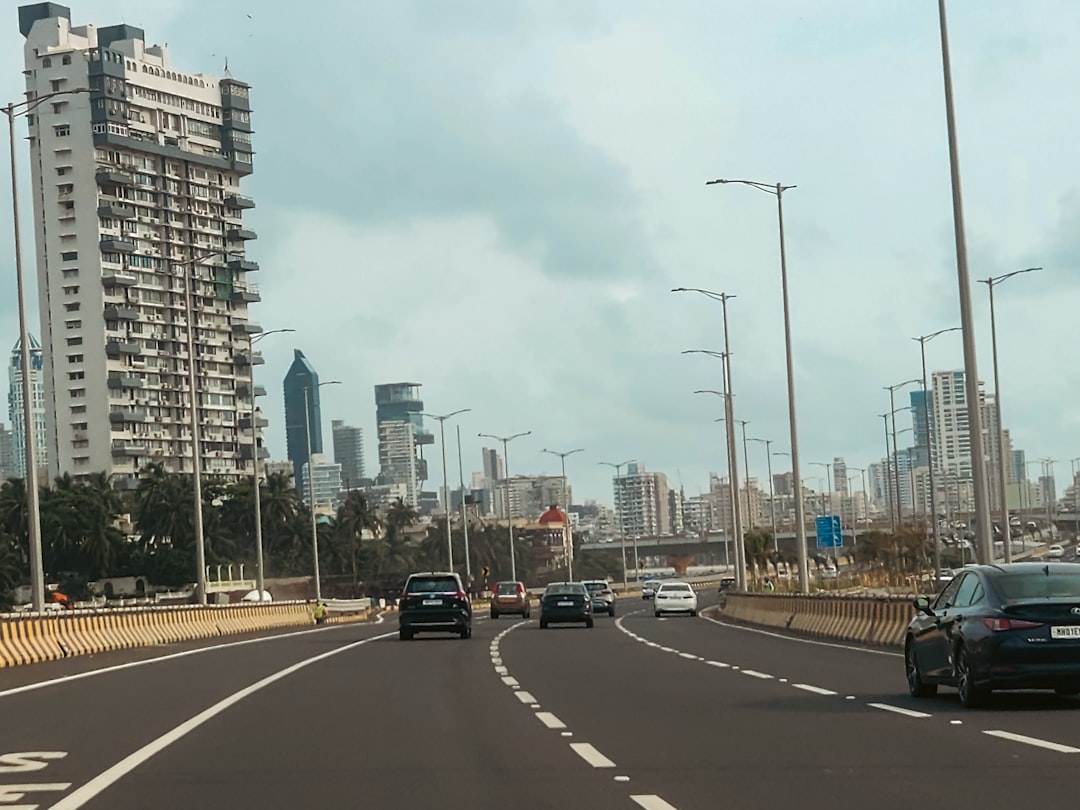
A sense of isolationism developed in suburbs, with suburbanites wanting to keep urban areas disconnected from the suburbs. In terms of social costs, the highways running through cities disconnected neighborhoods and made cars a necessity for most, if not all, Americans. Other highways displaced communities and caused gentrification and social isolation. The highways that were supposed to connect America instead created new forms of segregation—not just racial, but economic and social. Communities that had once been walkable became car-dependent, and neighborhoods that had been connected were suddenly divided by ribbons of concrete and steel.
The Modern Climate Challenge
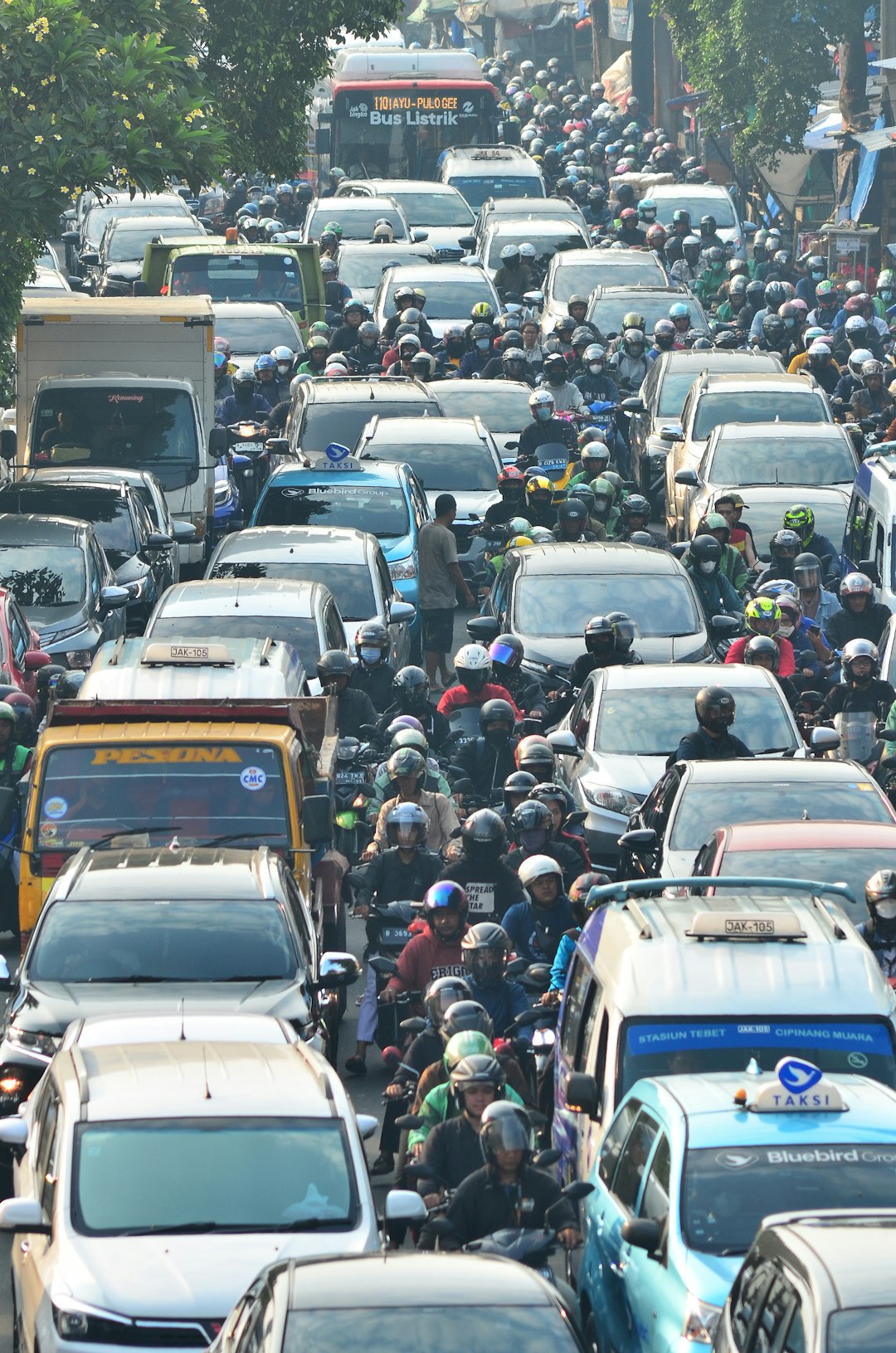
Today, the system is facing a perfect storm – while it continues to be a vital mobility network for the nation, it risks degradation and obsolescence from aging and excessive wear, difficulty accommodating new vehicle technologies, and vulnerabilities to climate change Expanding highways actually increases traffic through a process known as induced demand. A study found that increasing road capacity by one percent actually leads to a one percent increase in the number of cars on the road in a few years. The system that was built to solve transportation problems is now creating environmental ones that threaten the very communities it was meant to serve.
The Legacy Lives On
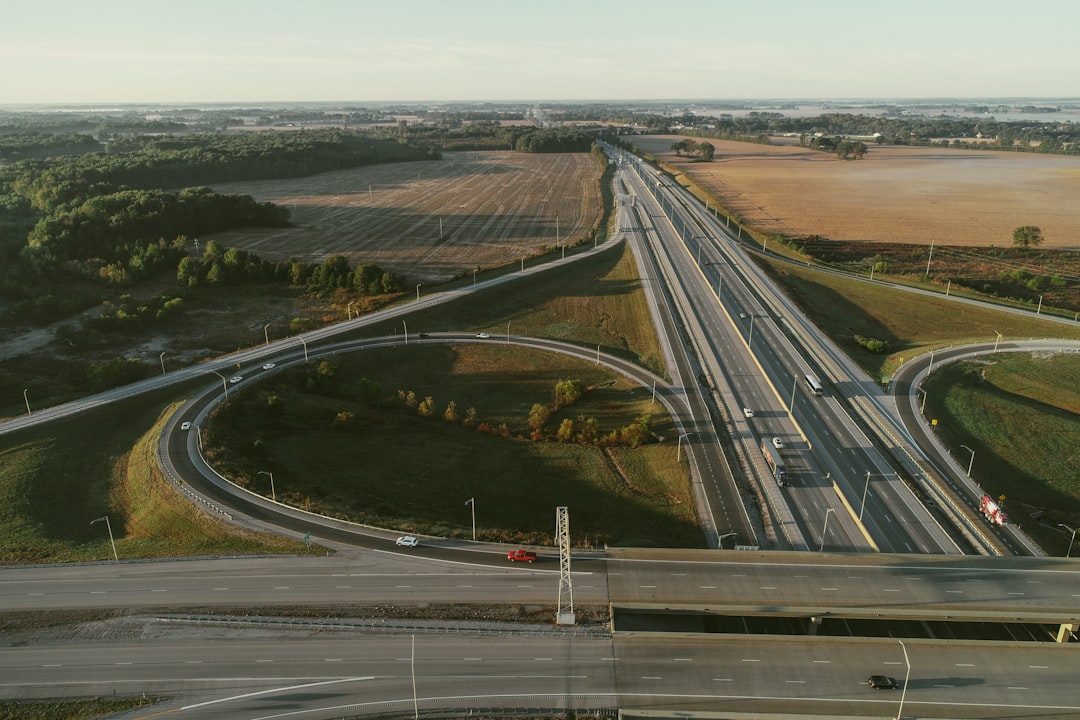
The Interstate Highway System fundamentally rewrote the American story. It created the suburban lifestyle that defines modern America, transformed how goods move across the continent, and established the car as the centerpiece of American life. The Interstate Highway System was pivotal in shaping and supporting demographic, spatial, economic and social development in the United States. Yet it also destroyed communities, worsened racial segregation, and created environmental problems that persist today. What began as a military defense project became the blueprint for how Americans would live, work, and travel for generations to come.
The question isn’t whether the Interstate Highway System changed America—it’s whether we can learn from both its successes and its failures as we face the transportation challenges of the twenty-first century. Did you expect that a system built for national defense would end up reshaping every aspect of American life?

